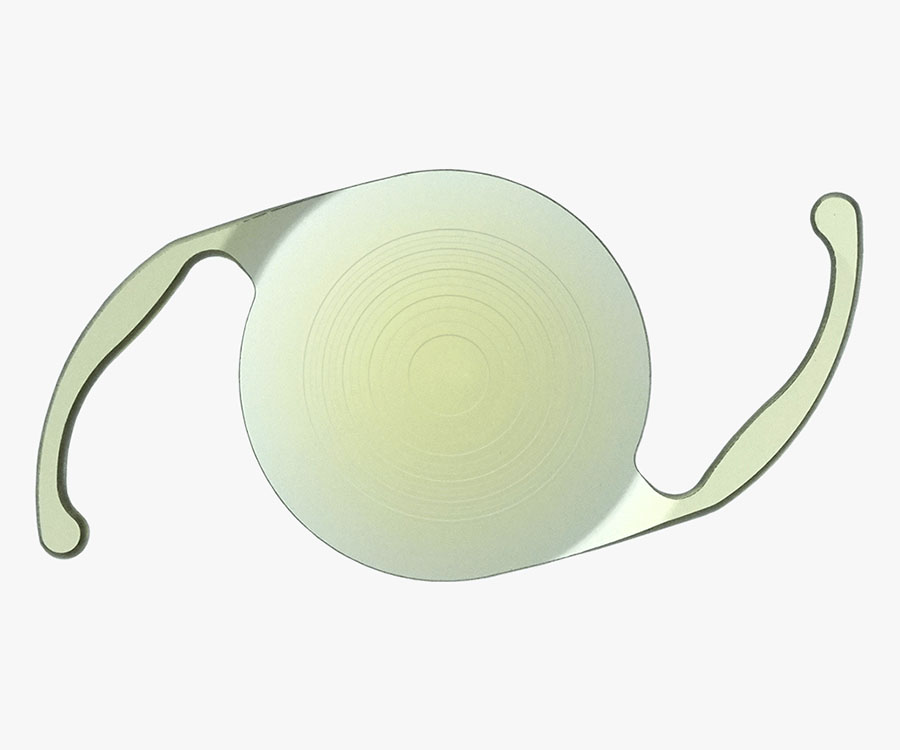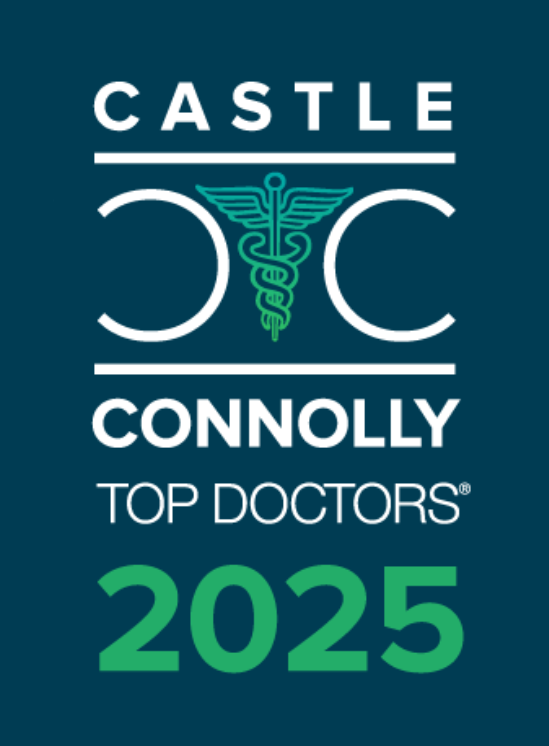Over time, the lens of the eye can become cloudy, preventing light rays from passing clearly through it.
The loss of transparency may be so mild that vision is barely affected, or it can be so severe that no shapes or movements are seen—only light and dark. When the lens becomes cloudy enough to obstruct vision to any significant degree, it is called a cataract. Eyeglasses or contact lenses can usually correct slight refractive errors caused by early cataracts, but they cannot sharpen your vision if a severe cataract is present.
The most common cause of cataract is aging. Other causes include trauma, medications such as steroids, systemic diseases such as diabetes, and prolonged exposure to ultraviolet light.

Cataracts typically develop slowly and progressively, causing a gradual and painless decrease in vision. Other changes you might experience include blurry vision; glare, particularly at night; frequent changes in your eyeglass prescription; a decrease in color intensity; a yellowing of images; and in rare cases, double vision.
As the eye’s natural lens gets harder, farsighted (presbyopic) people, who have difficulty focusing up close, can experience improved near vision and become less dependent on reading glasses. However, nearsighted (myopic) people become more nearsighted, causing a worsening in their distance vision. Some kinds of cataracts affect distance vision more than reading vision. Others affect reading vision more than distance vision.
Reducing your exposure to ultraviolet light by wearing a wide-brimmed hat and sunglasses may reduce your risk for developing a cataract, but once one has developed, there is no cure except to have the cataract surgically removed.
Cataract surgery is a very successful operation. Three million people have this procedure every year in the United States. As with any surgical procedure, complications can occur during or after surgery, and some are severe enough to limit vision. But in most cases, vision, as well as quality of life, improves.
Procedure Description:
Removal of cataract or cloudy lens and implantation of an intraocular lens.
Choice Of Lens Replacement or Implant:
Nowadays patients have several choices to choose from when it comes to the lens that will replace their cataractous or cloudy lens. Patients wishing a fuller range of vision after surgery can elect to upgrade to an advanced technology lens. These lenses allow a person to see far away as well as up close. For patients who suffer from astigmatism or out-of-roundedness of the front of the eye, toric lenses may be used. These provide better distance vision following cataract surgery than was previously available.
Once your eye has been examined and measured you will learn what choices are available and suitable for you. While the primary goal of cataract surgery is to improve the impairment caused by poor quality vision from a cataract, many people simultaneously use cataract surgery as an opportunity to reduce their overall dependence on glasses or contact lens wear. Depending on what your specific goals are, there are lenses that can help reduce an individual’s dependence on distance glasses, or reading glasses, or both. We use some of the latest technology lenses, including torics, Panoptix, Tecnis multifocal, Symfony, Vivity, Eyhance, Rayner EMV, IC-8 Apthera, among others. We believe that the lens should be matched to the individual patient’s eye for the best possible outcomes.
What To Expect:
Most cataract surgery is done under topical anesthesia with mild sedation as an outpatient procedure. Surgical time varies but is usually under 20 minutes per eye.
Preprocedure:
You will be measured for your new lens in our office. The various options available for correcting your vision with the latest technology will be reviewed with you by the doctor. Generally you will not need blood work and EKG done. You will need to take antibiotic drops for two days prior to surgery. The hospital or surgery center will call you with the exact time of the procedure, when to arrive, and when to begin fasting. It is ok to take medications with sips of water. Blood thinners like aspirin and Coumadin generally do not need to be stopped prior to surgery.
Postprocedure:
The only restriction is no rubbing or touching the operated eye after surgery. Patients can expect rapid rehabilitation, and resumption of normal activities the first day after surgery in most cases.


